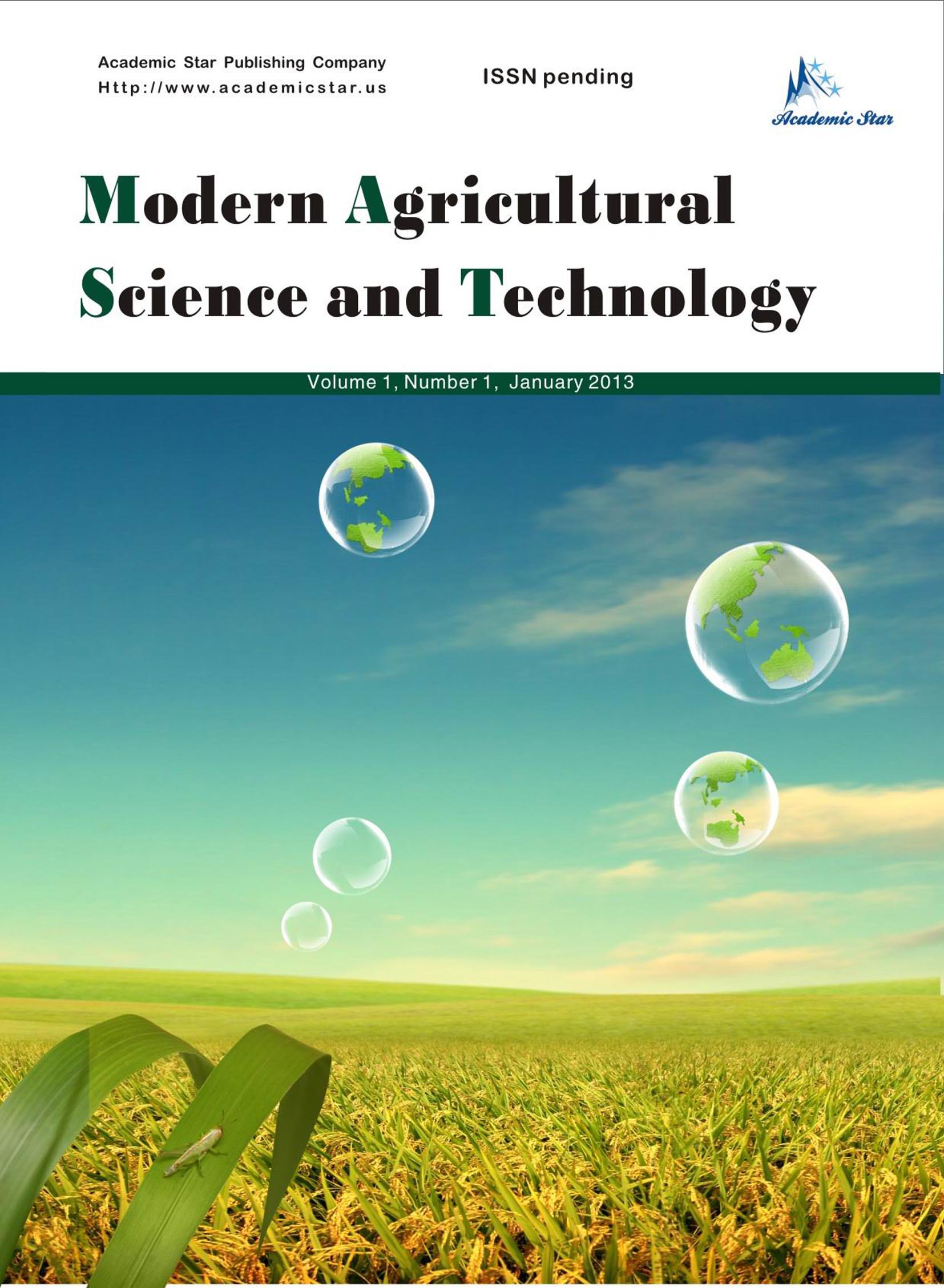Technology and Engineering

- ISSN: 2375-9402
- Modern Agricultural Science and Technology
Optimizing Enzymatic Maceration of Blackcurrant Mash by Response
Surface Methodology
Krasimira Petrova1, Todorka Petrova1, Petya Ivanova1, Milena Ruskova1, Ivan Bakalov1, Kiril Mihalev2, and
Nikolay Penov2
1. Food Research and Development Institute, Bulgaria
2. University of Food Technologies, Bulgaria
Abstract: Pre-press maceration with commercial enzyme preparation (Pectinex Ultra Color) was investigated in experimental blackcurrant (Ometa variety) juice production using response surface methodology (RSM). Enzyme dosage and maceration time were varied at a constant temperature of 50°C and the total polyphenols (TPP), total monomeric anthocyanins (TMA), antioxidant capacity and juice yields (Y) were compared. The contents of total polyphenols and anthocyanins ranged from 828.57 to 1274.96 mg GAE/100 g and 326.76 to 383.49 mg CGE/100 g blackcurrant juice, respectively. The total antioxidant capacity determined by the free radical scavenging activity (DPPH) of the juice ranged from 3977.82 to 4580.18 μmol TE/100 g and ferric reducing antioxidant power (FRAP) from 4749.19 to 6579.74 μmol TE/100 g. Juice yields ranged from 44.57 to 50.31% by wet weight of the mash. The criterion established to determine the optimal conditions of enzymatic maceration of blackcurrant mash was to find the conditions leading to high values of total monomeric anthocyanins, total polyphenols, and juice yield.
Key words: response surface methodology (RSM), enzymatic maceration, juice, blackcurrant






